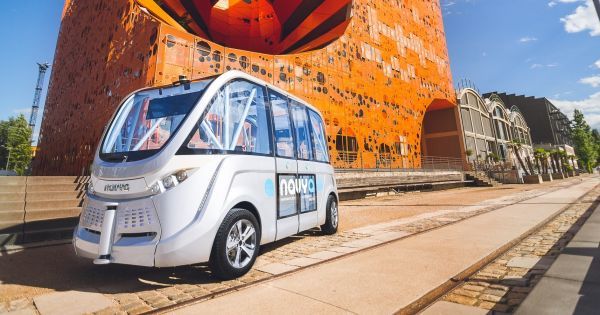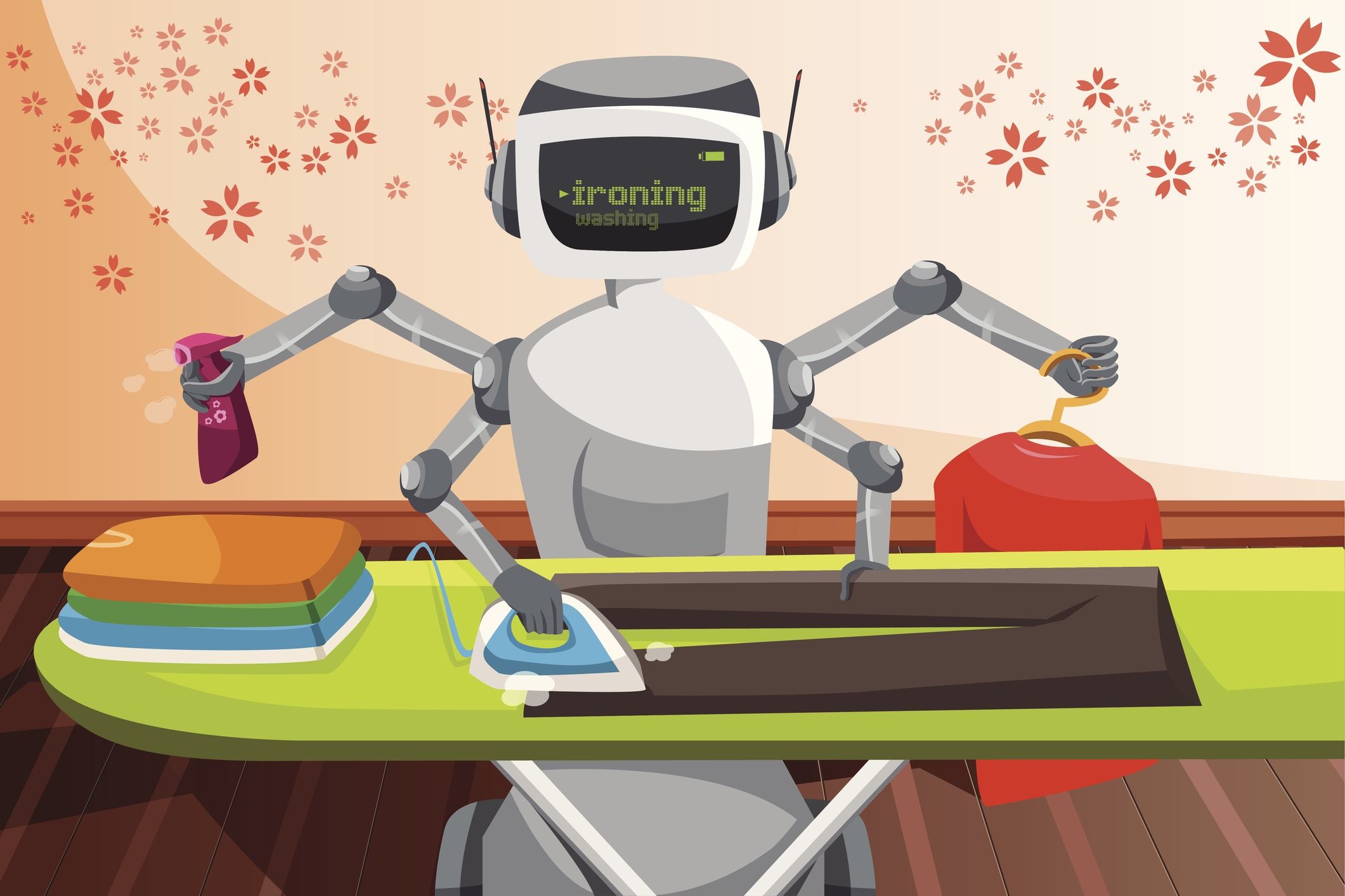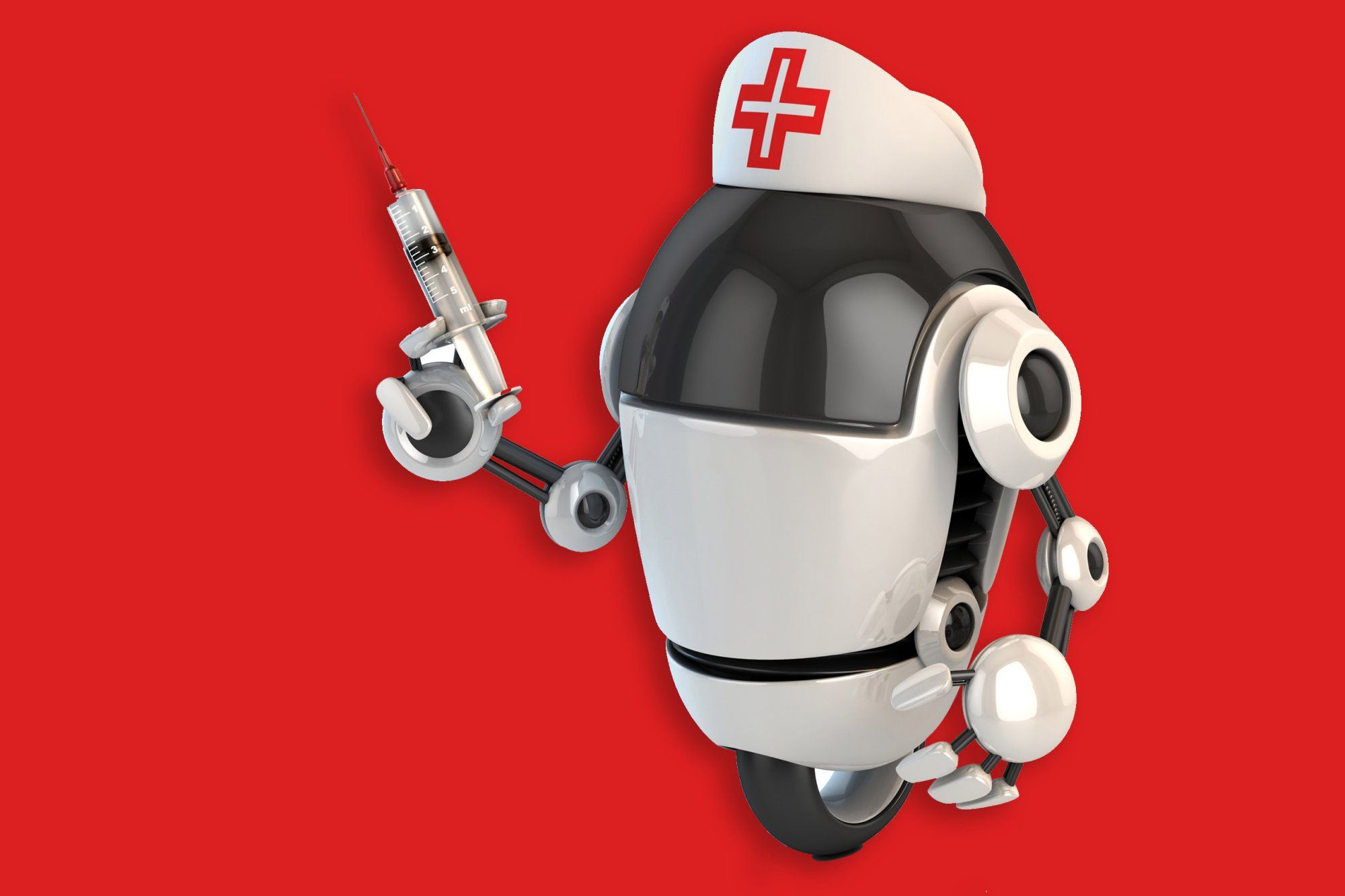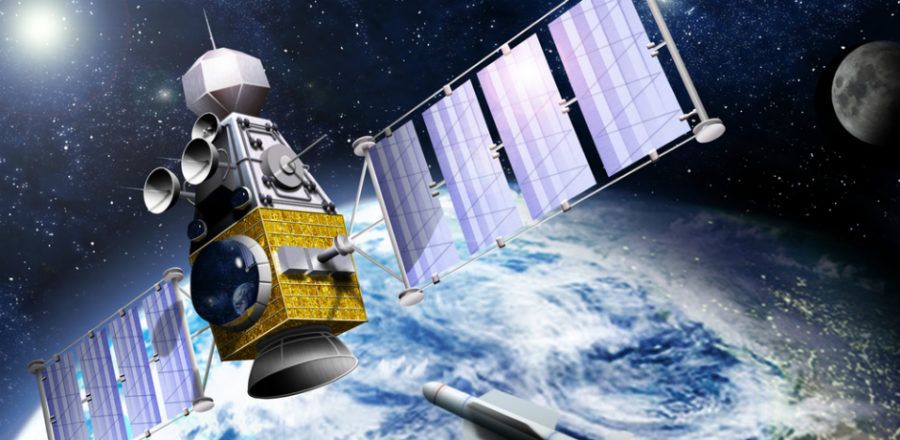A driverless, electric public transport service is now making its way onto the streets of Lyon, France. Unveiled in an announcement made earlier this month, two Navya ARMA minibuses have embarked on a year-long trial. The purely battery-powered vehicles travel at an average speed of 10 kph (6 mph) and are able to carry 15 passengers at a time.
The ARMA shuttles along a circular route 1,350 meters (0.8 miles) long in the Confluence district of Lyon’s 2nd borough. Unlike other roads, this route does not have crosswalks, stoplights, or intersections. Though pretty advanced, the minibuses are not able to weave in and out of traffic due to restrictions based on the current level of technology, as well as legislative issues.
According to Navya chief executive Christophe Sapet in an interview with The Telegraph, the buses are “equipped with a range of detectors that allow them to know exactly where they are and to detect everything happening around them and to manage it intelligently to avoid collisions.” Human operators are present within the vehicle at all times as an added precaution.







